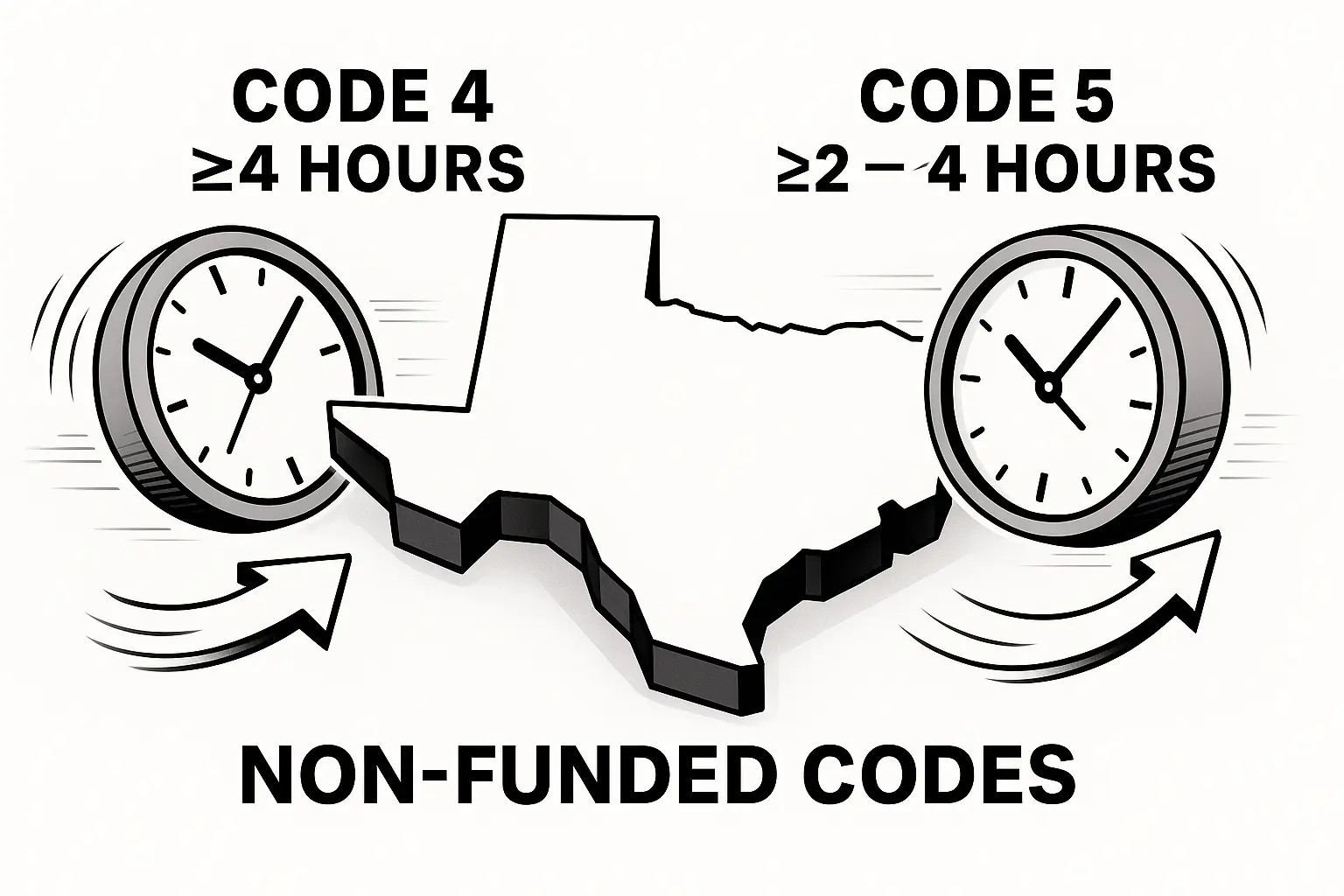Introduction
Effective behavior management is the cornerstone of a successful school environment. When students understand expectations and feel supported, they’re more engaged, respectful, and eager to learn. In this post, we’ll explore actionable strategies—ranging from proactive techniques to data-driven interventions—that educators and administrators can implement today to foster a positive, consistent, and inclusive culture across classrooms.
1. Understand the Foundations of Behavior Management
Before implementing any strategy, it’s crucial to grasp the underlying principles:
- Consistency: Apply rules and routines uniformly across teachers and grade levels.
- Clarity: Ensure students know exactly what’s expected—both academically and behaviorally.
- Fairness: Enforce consequences objectively, without bias or favoritism.
By anchoring your approach in these core values, you create a framework that supports all other techniques.
2. Establish Clear, Positive Expectations
Students thrive when they know the boundaries:
- Create a “Classroom Compact” together—list 3–5 positively phrased rules (e.g., “Raise your hand before speaking”).
- Post visual reminders in hallways and classrooms.
- Teach and model each rule at the start of term and revisit regularly.
This proactive step minimizes misunderstandings and empowers students to self-regulate.
3. Implement Proactive Classroom Management Techniques
Rather than waiting for misbehavior, look ahead:
- “Withitness”: Stay aware of all students’ behavior by scanning the room and positioning yourself strategically.
- Momentum maintenance: Keep lessons brisk and varied to prevent off-task chatter.
- Pre-correcting: Before transitions (e.g., lining up), remind students of expected behaviors.
Proactivity helps nip disruptions in the bud.
4. Use Positive Reinforcement Strategically
Reinforce desired behaviors to encourage repetition:
- Verbal praise (“I appreciate how Mia refocused so quickly!”)
- Tangible rewards: Stickers, class points, or a “behavior bingo” board.
- Public recognition during morning announcements or assemblies.
Balance intermittent (random) rewards with scheduled acknowledgments to maintain motivation without over-relying on extrinsic incentives.
5. Apply Fair, Logical Consequences
When rules are broken, consequences should be:
- Immediate: Address the behavior as soon as possible.
- Related: Tie back to the infraction (e.g., cleaning up a mess).
- Respectful: Avoid shaming; focus on correcting, not punishing.
Logical consequences help students learn accountability instead of simply feeling penalized.
6. Build Strong Teacher–Student Relationships
A positive rapport can prevent many behavior issues:
- Daily check-ins: Greet each student by name at the door.
- Interest inventories: Learn about students’ hobbies and goals.
- Restorative conversations: After conflicts, guide students to reflect on their actions and decide how to make amends.
Trust and respect form the bedrock of any effective behavior plan.
7. Adopt a School-Wide Positive Behavior Support (SWPBS) Model
For consistency beyond individual classrooms:
- Define 3–5 school-wide expectations (e.g., Be Safe, Be Respectful, Be Responsible).
- Train all staff—from administrators to custodians—on reinforcement techniques.
- Monitor data quarterly to identify patterns and adjust supports.
A unified approach ensures that students receive the same messages no matter where they are on campus.
8. Engage Parents and Caregivers as Partners
Behavior management works best when home and school collaborate:
- Weekly behavior reports via email or an app.
- Positive postcards sent for exceptional effort.
- Workshops or newsletters on how families can reinforce school expectations at home.
Open communication lines foster a team mentality and reinforce consistency.
9. Leverage Data and Tracking Tools
Data-driven insights allow tailored interventions:
- Behavior logs: Record incidents, times, and locations to spot trends.
- Tiered interventions: Offer universal supports, small-group skill lessons, or individualized behavior plans as needed.
- Regular review meetings: Analyze metrics with counselors and specialists to refine strategies.
Technology platforms and simple Google Sheets trackers can streamline this process.
Conclusion
Effective behavior management for schools isn’t a one-size-fits-all solution - it’s a dynamic blend of proactive planning, positive reinforcement, fair consequences, and strong relationships, all underpinned by data. By adopting these strategies at both classroom and school levels, educators can cultivate an environment where every student feels safe, respected, and ready to learn.




